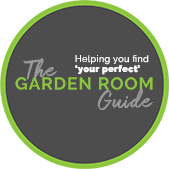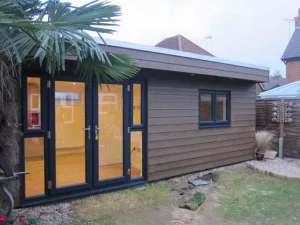Over the last few days, I have seen a few posts on social media about people braving the cold in their garden rooms. This has me flummoxed, as a quality garden room should be as comfortable a space to use, as any room in your house.
insulation
Insulation in an Executive Garden Room
Executive Garden Rooms use impressive amounts of PIR insulation in their bespoke garden room designs, for instance, 140mm in the walls.
Keeping Garden Offices Warm
So the weather has turned cold, and we have been reading on Twitter messages from people in their shed offices saying how cold they are! This concerns us at The Garden Room Guide, as a well built garden office should be as comfortable to use in the winter as a room in the main house. […]




